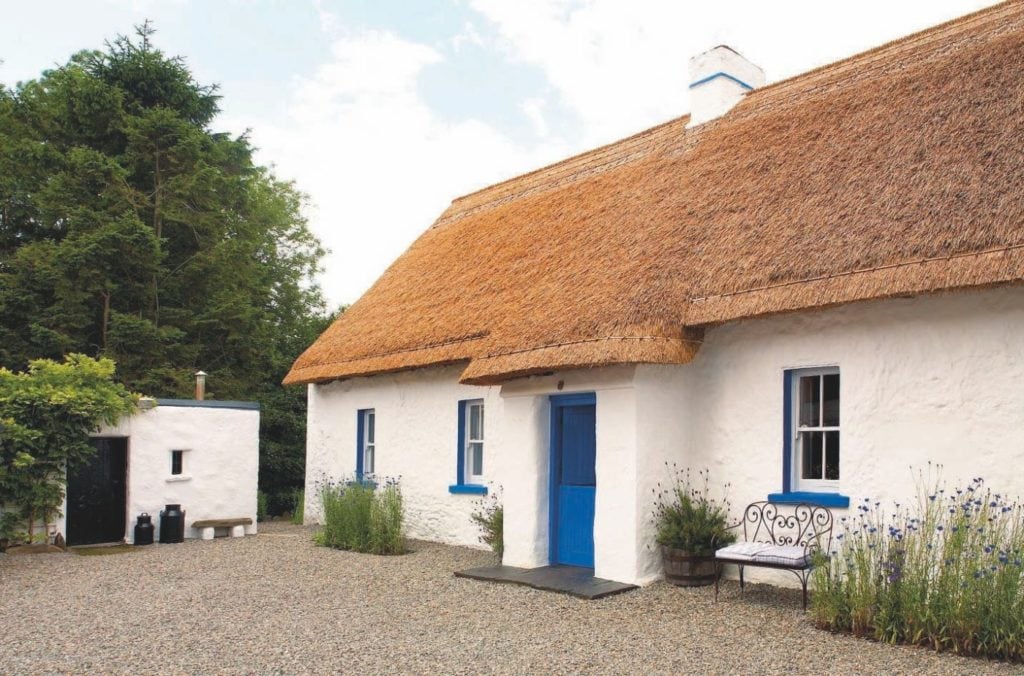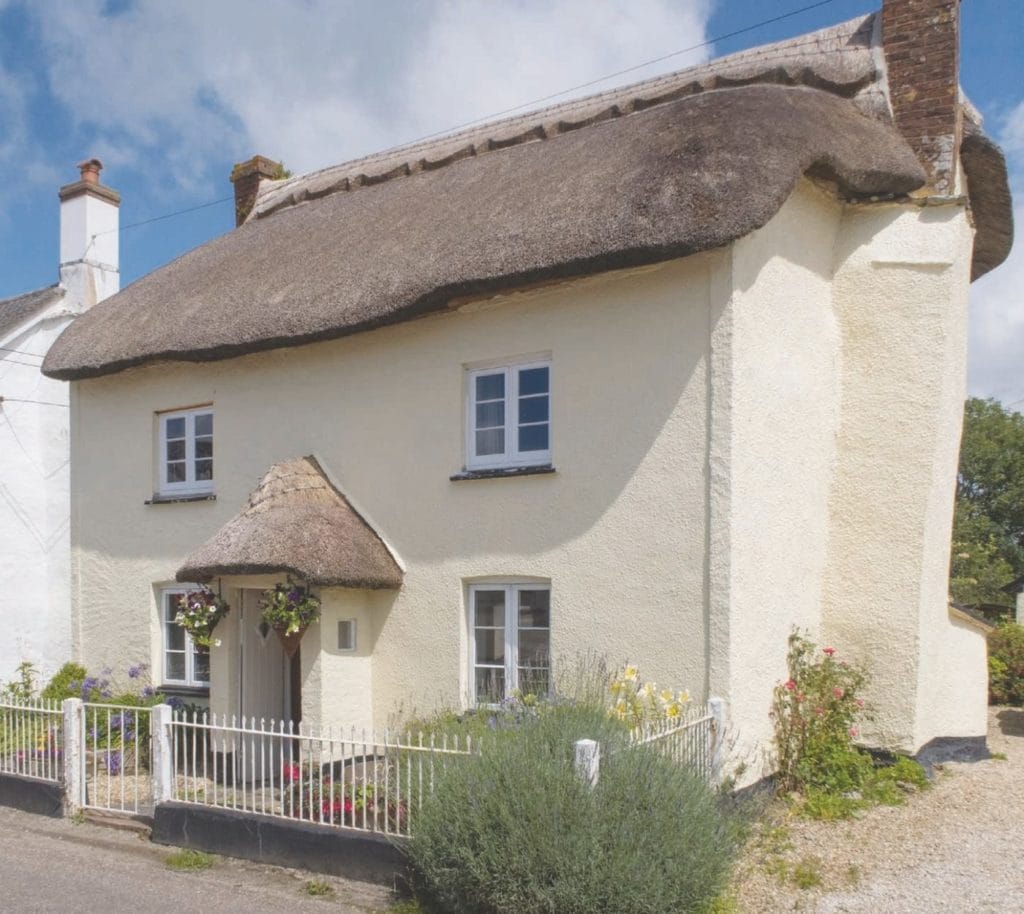All About Render
Many period properties have rendered walls made from lime-based materials which form a durable coating that must be kept in good condition
Render comes in a variety of forms and is used to protect the walls of a building. This coating can sometimes deteriorate due to water ingress as a result of rainwater. Repairs of re-rendering with inappropriate materials can cause extensive damage which will be costly to remedy.
Lime mortar, and similar lime-based materials, such as lime plaster or lime wash, are vitally important in repairing old buildings. Lime mortars, renders and plasters have a different consistency to their modern cement-based counterparts; this is because lime produces soft textures and mellow colours when mixed with natural earth pigments. Most important of all, it’s porous so allows a wall to breathe and shed moisture, thus avoiding damp.
There are two basic types of lime: nonhydraulic and hydraulic.
Non-hydraulic lime is produced from pure limestone and comes in the form of lime putty, which offers the greatest flexibility and breathability of all the limes.
Hydraulic limes are produced from limestones with naturally occurring impurities that contain a range of setting agents. Supplied in powder form, they start to set when they come into contact with water.
Lime is environmentally-friendly: when the cement was invented in 1824, it was first used in civil engineering projects. Unlike lime, cement is inflexible and lacks porosity so can be a direct cause of damp when used in old buildings. In the early 1900s, it began to be used in the construction of homes, although it was only after World War II that its use became commonplace and, by the 1950s, traditional lime products were little used. Today, they are undergoing a revival due to the rediscovery of traditional building techniques, their ‘green’ credentials and attractive appearance.
Walls can breathe, so an understanding of lime is essential if you are planning work to a traditionally-built building whether it’s repointing, rendering, plastering or rebuilding walls. By using the wrong materials, such as cement-rich mortars or renders or modern impermeable paints, you are likely to be storing up future problems.
If you have a period property suffering from damp, cracking or timber decay, please consider that many of those problems are easily solved by allowing the building to function as it was designed to do. The long-term effects of using modern materials without due consideration on traditional buildings can be devastating and costly. We highly recommend using an expert with experience in listed building and conservation work.
Posted in: Property


